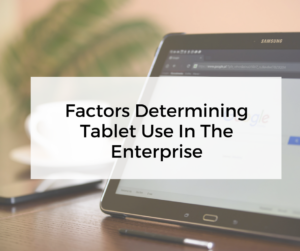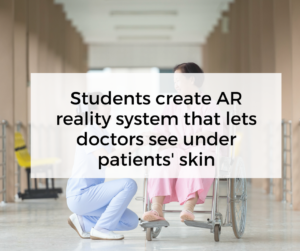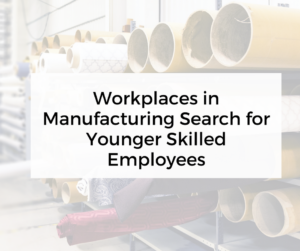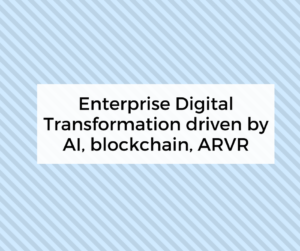Determining Tablet Use In The Enterprise

The three most prominent hardware devices found in the enterprise mobility space include smartphones, tablets, and wearables. While all three are growing steadily and have strengthening adoption rates, one is falling far behind.
While the tablet market is growing at 9% CAGR now through 2021, according to Technavio research, it’s far short of its smartphone and wearable brethren. As previously reported by Enterprise Mobility Exchange, thanks to industries like healthcare, wearables are boasting a 25% CAGR through 2022 will see incredible growth rate in the number of devices shipped over the next half decade.
As for smartphones, well … just about everyone you work with has one, and most are used for some kind of business functionality, so that market explains itself.
So what’s driving the tablet market, and why is it moving at such a slow rate?
Research suggests the BYOD boom is helping businesses move in this direction, but COPE tends to fuel the rise in adoption, i.e., user adoption is higher when companies are providing or mandating use of specific technologies.
Interestingly, the market is segregated by one particular metric: tablet size.
“The enterprise tablets segment with a screen size <9 inches accounted for the majority market share during 2016 and will continue to dominate the market for the next four years,” the report said. “Since enterprise tablets with a screen size of less than 9 inches are equipped with SIM slots that enable enterprise consumers to use them like cell phones, the rate of shipment of these devices is growing in comparison to devices with more than 9 inches because devices with a screen size of less than 9 inches are more user-friendly.”
As it goes with all technologies, user friendliness and operability will be the lynchpin of adoption. Tablets are currently fighting that same battle, and only time will tell if the market is able to overcome.









